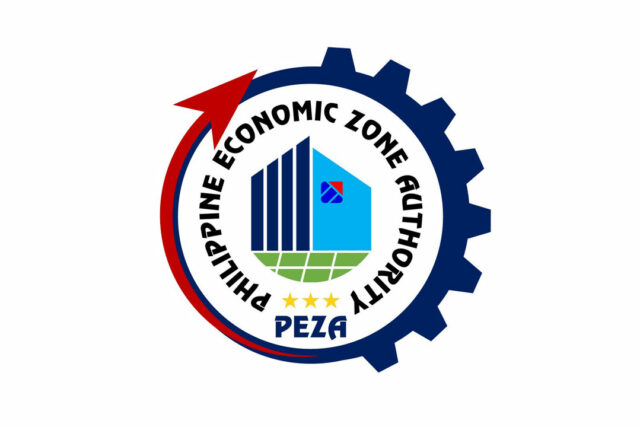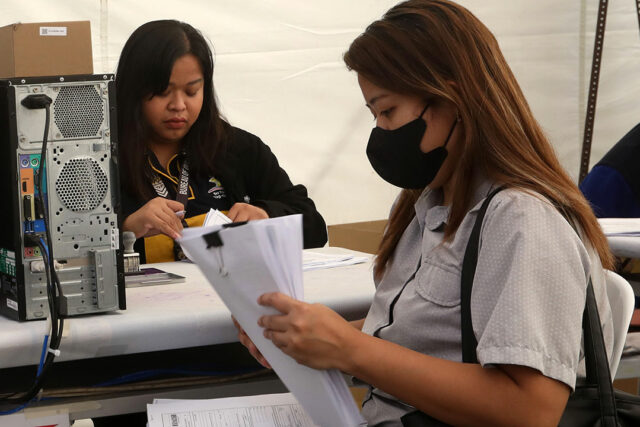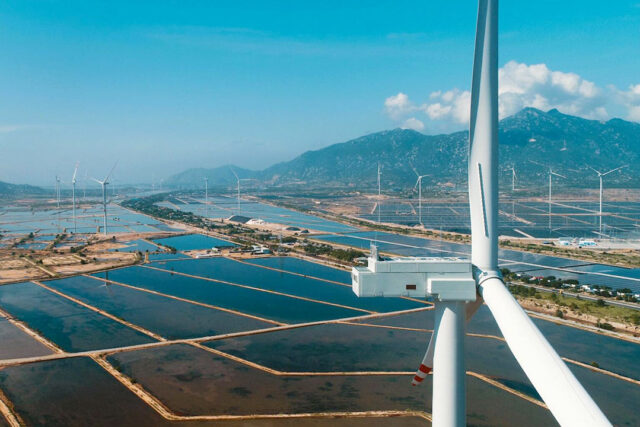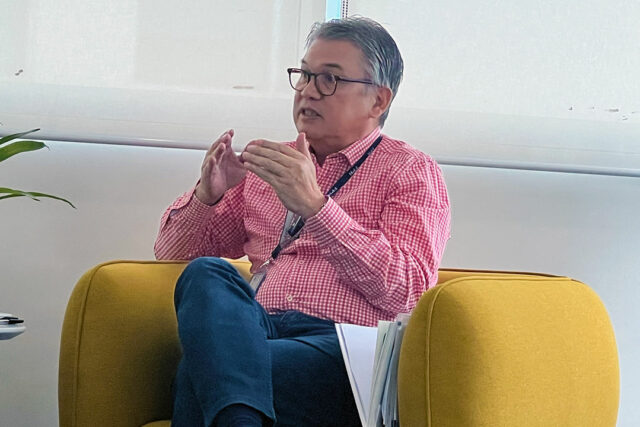New music for December
By Brontë H. Lacsamana, Reporter
NOW that we are well into the Christmas rush, the number of music releases have begun to wind down, allowing for more time to process the albums that have come out. From upbeat rap and hip-hop to soft indie rock anthems and romantic Christmas songs, the latest music releases from just before December reflect the month’s unpredictable pace.
Here are five albums to immerse in as the holidays fully set in:
Soft Power by Fazerdaze
New Zealand singer-songwriter Fazerdaze (real name: Amelia Murray) released her sophomore album titled Soft Power on Nov. 15. As a follow-up to her 2017 debut album and indie cult classic Morningside, its maturity is seen in how the cozy, bedroom pop she is known for has now morphed into grittier, self-dubbed “bedroom stadium” sensibilities.
The 11 tracks blend Ms. Murray’s signature dreamy synths and electronic beats with more rock elements and refined pop production. The second track, “So Easy,” is a great example of a beautiful melody injected with attitude by the vocal distortion and backed by a catchy bass line, immediately followed by “Bigger” that is more wistful and emotional in tone.
For a more mellow anthem filled with longing, “In Blue” has a solid build-up in its drums and electronic mix. “A Thousand Years” is equally memorable, with Ms. Murray’s voice complemented by a pretty piano melody and an infectious beat. But it is her ninth track on the album, “Cherry Pie,” that is an instant favorite, with the Los Angeles-inspired lyrics given a dreamy and fun mix of synths for the pop-style vocals to dance over.
GNX by Kendrick Lamar
American rapper and producer Kendrick Lamar capped off a strong year with his 6th album, GNX, released as a surprise to fans on Nov. 22. The 12 tracks, produced by Dave Free and Mr. Lamar himself, show just how dynamic he can be even after garnering acclaim for winning his feud with Drake and performing at the Super Bowl.
The song “wacced out murals,” featuring the rapper firing off indignant energy, is a visceral opener. His tirade, directed towards others in the hip-hop elite who have wronged him, might not be the most relevant subject matter to open with, but it’s engaging. He then gives us more epic treadmill background music: “hey now” featuring Dody6 takes on a more hushed yet still venomous tone over the uptempo rhythm, while “tv off” featuring Lefty Gunplay has Mr. Lamar let loose as fierce rap blends with house party beats.
Honorable mentions go to “reincarnation” for its sublime lyrics and execution, and the two tracks Mr. Lamar made with R&B singer SZA — “luther” and “gloria” — her sweet voice providing melodies that make the album an easier listen. Overall, the rapper has given a decent Christmas gift, filled with memorable collaborations and hard-hitting verses.
see you, frail angel. sea adore you. by Homecomings
Japanese indie rock band Homecomings dropped their 7th studio album on Nov. 27. Titled see you, frail angel. sea adore you. (senseless yet somehow cute phrasing, as much of English spoken by the Japanese tends to be), the 12-track collection showcases the earnest soft rock that has never left J-pop.
The dreamy first track, “angel near you,” has vocalist Tatamino Ayaka sing beautifully while backed by her bandmates’ cohesive rock instrumentals. This is followed by “slowboat” that has a steadier flow and sentimental tone, building up intensity throughout the song.
“Moon Shaped” is the album’s stand-out, the strumming of the guitar setting the stage for Ms. Tatamino’s forlorn voice as the band creates a poignant rock soundscape. An underrated track is the 10th one, “Tenderly, two line,” which has electronic components that elevate its mellow acoustic quality.
Angel interview by Meaningful Stone
Continuing the angel theme is Korean indie rock soloist Meaningful Stone (real name: Kim Jimin) with Angel interview, her second album. Released on Nov. 28, it has a grittier style that contrasts with the singer’s sweet voice, a combination that sets the artist apart from other Korean acts today.
The soft “Supernova” eases us in with a slow tempo, the rock, electronic, and even orchestral elements gradually populating the track as it explodes pleasantly into a sonic experience. Ms. Kim’s artistry further blossoms with the third track, “Mikael,” evoking more standard bedroom pop with moments of heavy distortion, given a floatier vibe through the vocals.
“I open the window instead of the closed door” starts off as an acoustic ballad, then it escalates into the most intense rock break of the entire album. A memorable track is “Esc,” featuring female Korean rap powerhouse Swervy spitting bars alongside Ms. Kim’s spunky voice.
Christmas (live from a restaurant in downtown Los Angeles) by grentperez
The most Christmas-themed release leading into December was that of Filipino-Australian singer-songwriter grentperez (real name: Grant Perez). Known for his impeccable vocals and cheerful personality, the Gen Z artist decided to conclude the year with some of his favorite holiday tunes.
Christmas (live from a restaurant in downtown Los Angeles), released Nov. 29, is technically a new EP, though it features two live versions of previously released tracks along with their originals. These are “Christmas Starts Tonight” and “When Christmas Comes Again,” both original songs by Mr. Perez that show off his smooth, jazzy honeyed voice singing of scenes of holiday warmth and cheer.
The live renditions are a sweet treat enough on their own, but the EP also harkens back to his old covers of some holiday classics. “Please Come Home for Christmas” brings out his talents best, his voice taking on the slow tempo tune with ease on the rich acoustic track.


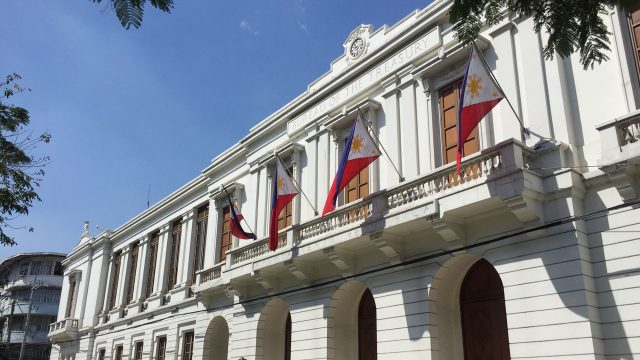
![BSP_3822-1024x683 [BW file photo]](https://www.bworldonline.com/wp-content/uploads/2024/04/BSP_3822-1024x683-BW-file-photo-640x427.jpeg)





